https://azbigmedia.com/real-estate/arizona-construction-heres-how-the-next-normal-looks/

Sourced By: AZ Big Media
Over the past few years, construction businesses in Arizona have been busy breaking ground and cutting ribbons. But that storm of activity — along with national economic trends — has ginned up headwinds. AZRE sat down with Arizona construction industry leaders who are all members of the Arizona Builders Alliance to get a temperature check on the market.
Discussing issues and trends in the construction industry are:
• Jamie Olding, owner of Building Excellence
• Jared Kredit, president and CEO of K2 Electric
• Katie Perry, executive vice president of Haydon Building Corp
• Mike Goodwin, operations manager for Climatec
• Ed White, president of TDIndustries
The following responses have been edited for length and clarity.
AZRE: Much ink has been spilt about the effects of inflation, labor shortages and supply chain issues on the Arizona construction industry. Are those still the prevailing headwinds for the industry?
Mike Goodwin: Those are definitely still factors. From our standpoint, inflation has slowed the private sector. As far as some of the newer projects that are coming down the pipe, Arizona is a little more insulated. We still have companies moving here that need buildings built, so there’s still opportunities out there.
The labor shortage isn’t as bad as it was, but the pool is still not deep. So, you’re either home growing talent or you’re in trouble.
As we go into the supply chain, Climatec is unique because we deal with a lot more electronics type of components. We can get most things in two to three weeks, but there are a few specialty items that can be problematic. For a long time, variable frequency drives were 20 to 40 weeks out, but those have improved.
Katie Perry: The good news is just like Mike said — companies are relocating here. We have a lot of work. And I would say the supply chain has leveled out somewhat. We’re not seeing the challenges that we were seeing before.
Jamie Olding: Down here in Tucson, with residential slowing down some, we’ve actually been able to attract some good talent back into our mix, so that part of it worked out for us. But the labor shortage is an issue that we’re going to continue to deal with. The Arizona Builders Alliance (ABA) is trying to take a strong stance with our workforce development to continue to figure out how to attract young talent to our industry.
I agree that the supply chain is getting better. Still, you see some items that are hard to get, but usually you can look at a couple of options and find something that you can get.
Jared Kredit: These issues are all still talked about. Like everyone said, I think labor will be the conversation for the next couple of decades. Labor force participation in general is a problem.
The challenge for us as a subcontractor from a competition standpoint is not that things are inflating — copper is down 20%-30% over the last several months. But is it going to stay there or spike back up? Do we carry out our bids with today’s pricing, or bump back because we’ve seen so much volatility?
What we’re seeing is that switchgear is becoming the No. 1 supply chain problem. That’s creating roadblocks for folks like Katie when they’re trying to get a project started, so we’re now in the hot seat.
AZRE:What effects have multi-billion-dollar projects such as the Taiwan Semiconductor Manufacturing Company (TSMC) facility in North Phoenix had on the Arizona construction market?
KP: When we were on concrete allocations, I didn’t really love TSMC. In the beginning, it was creating challenges because they were attempting to hire away our management and labor staff. But I think as they’ve gone on, it’s not really an attractive project because there are so many hours that need to be worked. We’ve seen people go in that direction and then come back.
But I really do appreciate the opportunity for suppliers that have migrated here that has created opportunity for us in the industrial market. So that’s been really great.
Long term, there are huge advantages. Having somebody like TSMC choose Phoenix for this type of project is really great. In the short run, it’s challenging, and it’s not helpful that Intel’s expansion is going on at the same time.
JK: I would echo a lot of what Katie said. We’re not out there getting revenue and margin on the job, so it’s been less than favorable for us. But from a macro standpoint, I think in the long haul it is good. There’s going to be a lot of ancillary work that comes with that.
The short-term challenge for us is the dichotomy between Tucson’s and Phoenix’s labor markets. Those labor markets used to be alike from a wage standpoint, and that’s not the case anymore. We had to implement similar pay incentives to mitigate some losses. We didn’t lose a ton of folks, but we lost a few.
If you’re not familiar with most of those projects — and it’s far more than just TSMC — these global companies will build their project, and they will get the labor they need at whatever cost. They’ll pay a market wage, and then they’ll put an adder on top of it.
We’ve had to compete with that to make it less alluring for both our existing team and when we’re recruiting to make our operation the place they want to come. Like Katie said, those are harsh environments, so we sell the culture we provide, but I’d be lying if I didn’t say that it’s been costly and disruptive beyond that project.
Categories
Recent Posts
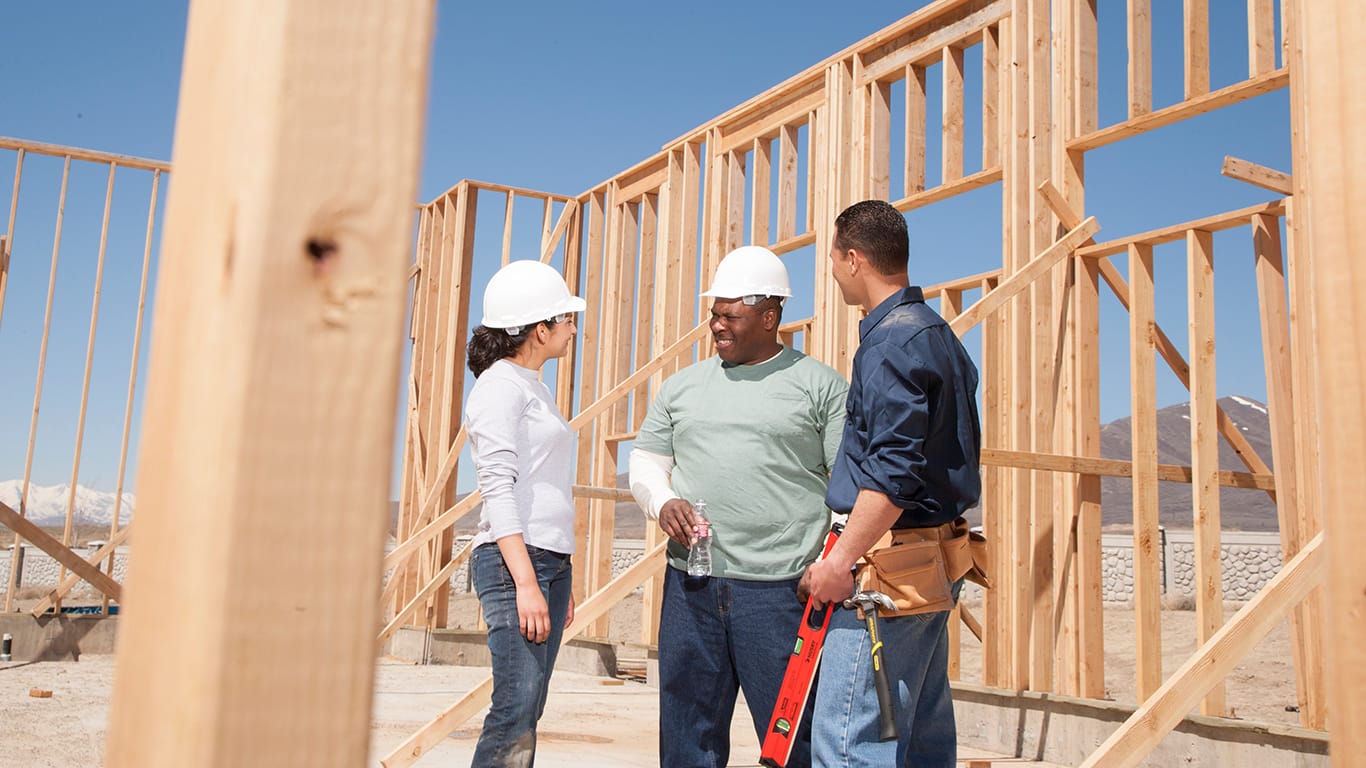
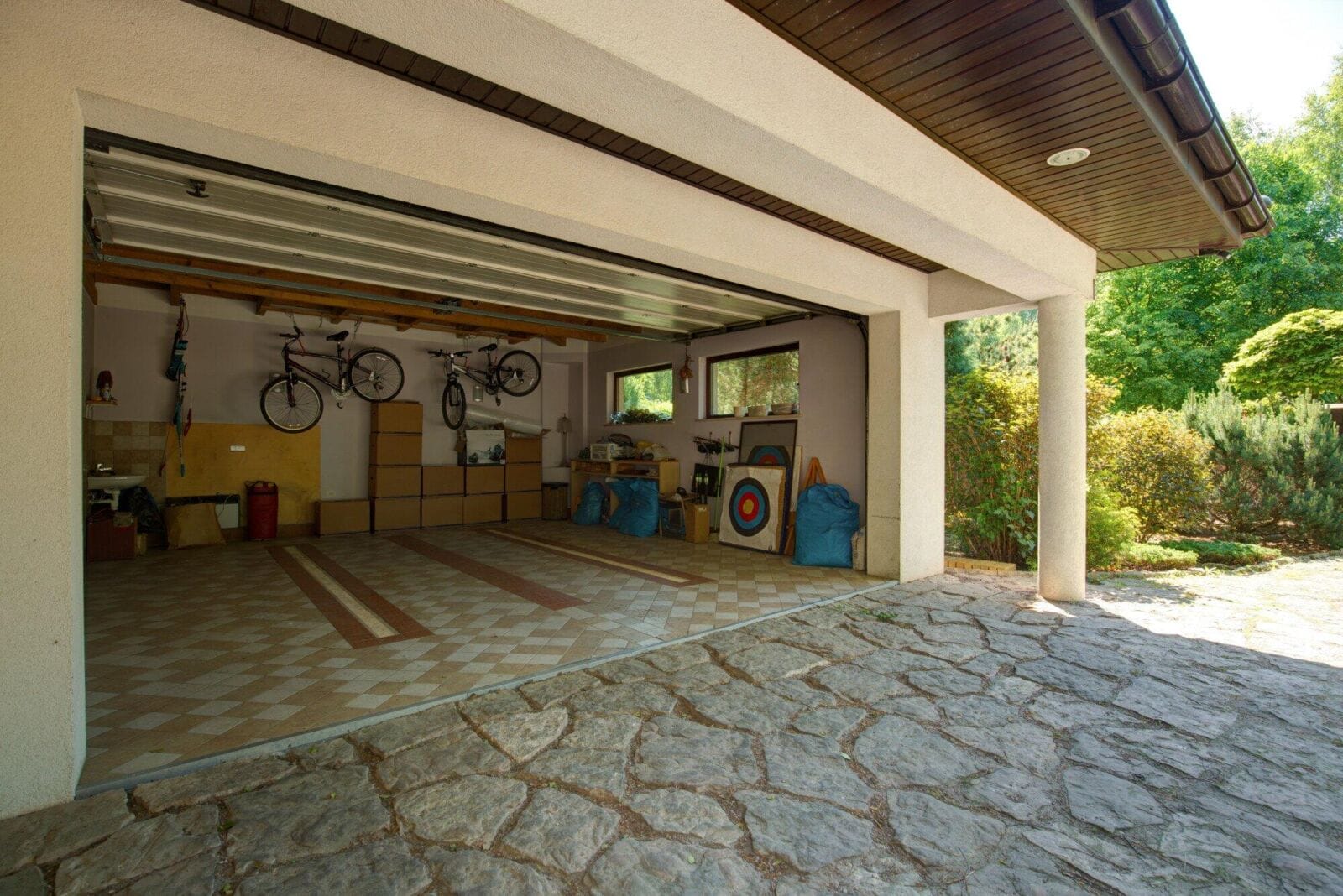

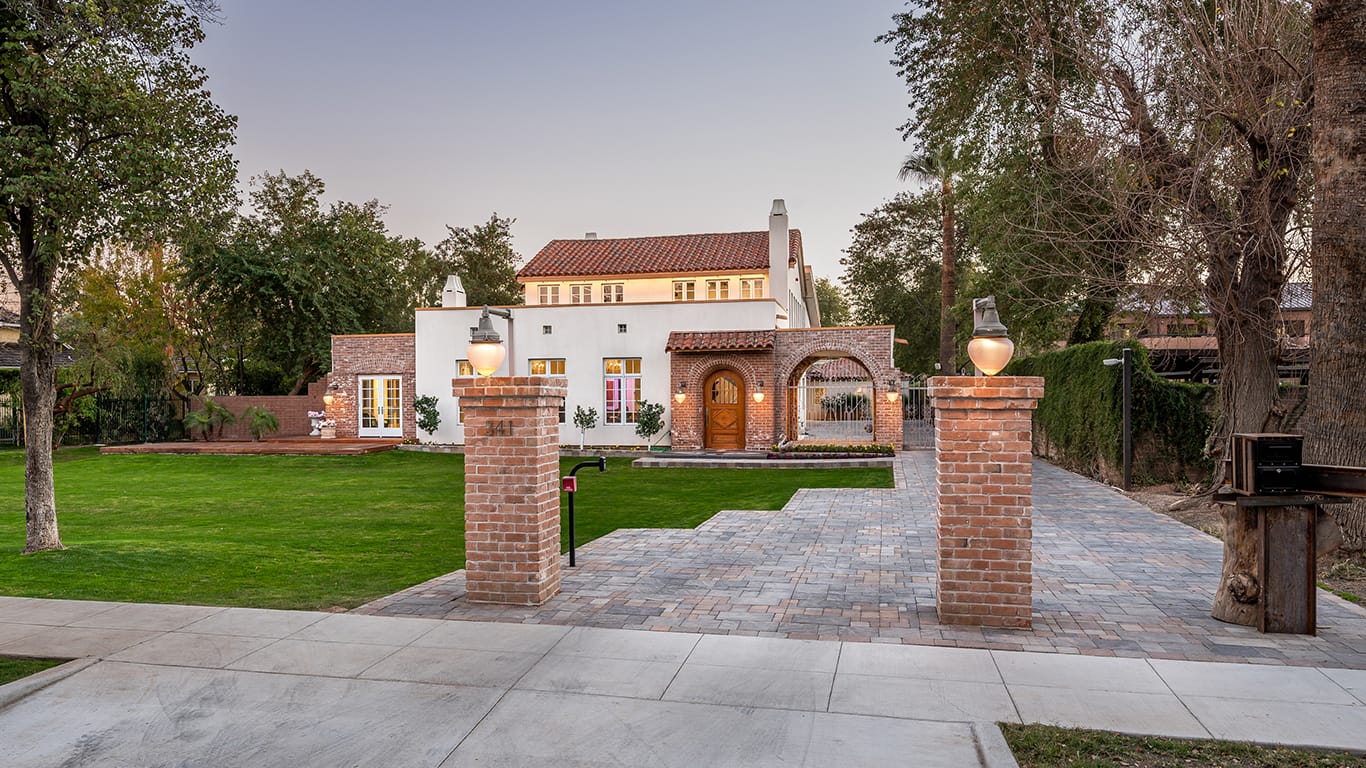
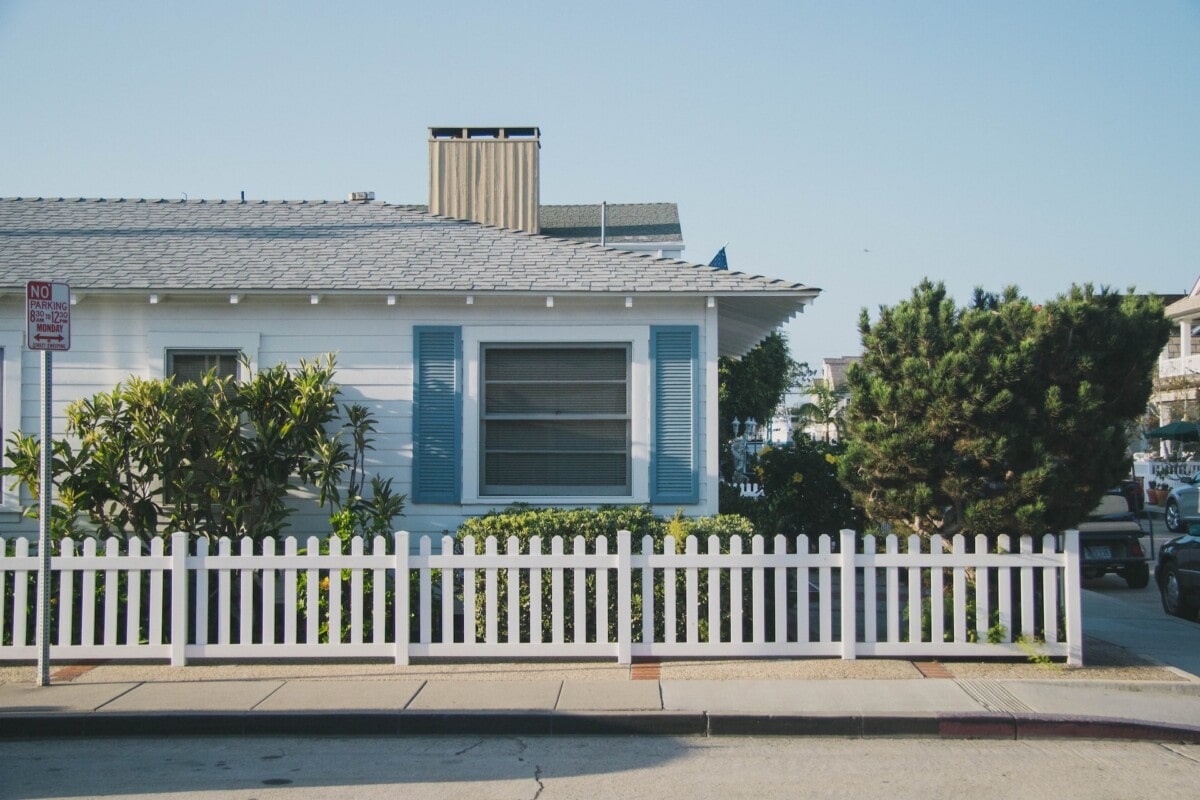




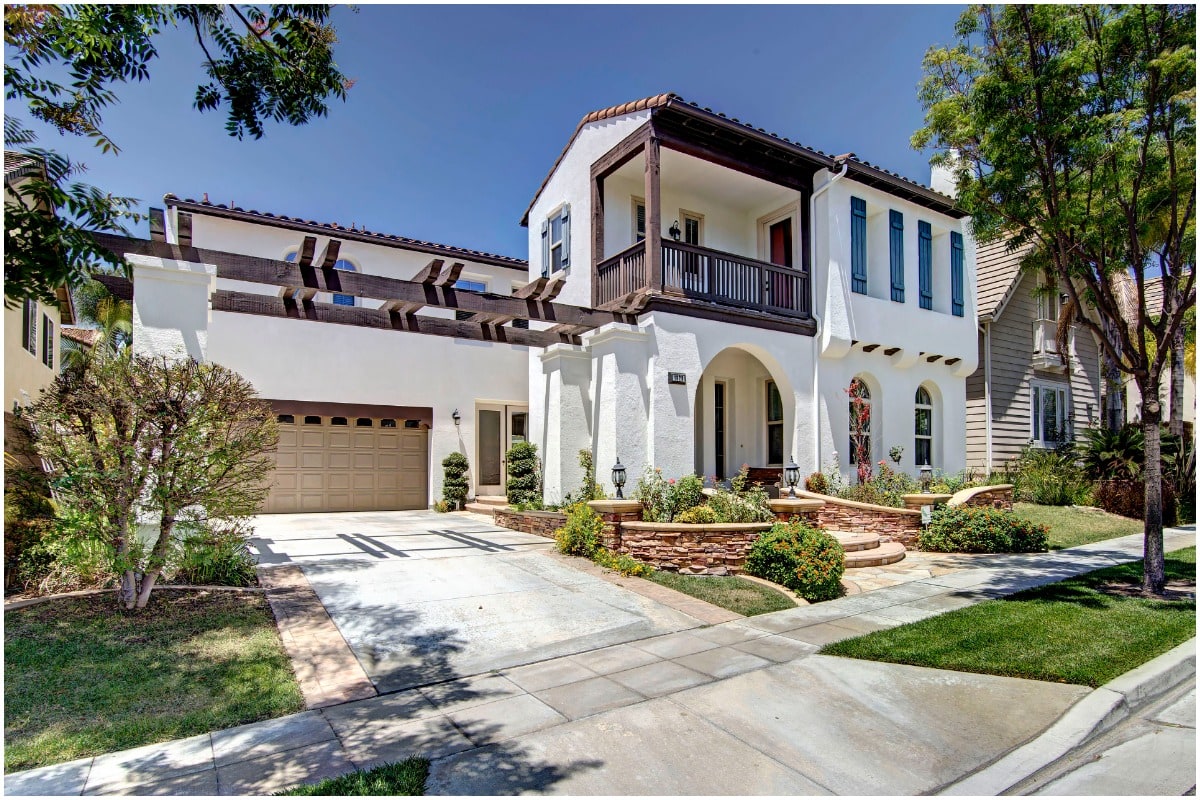
GET MORE INFORMATION
